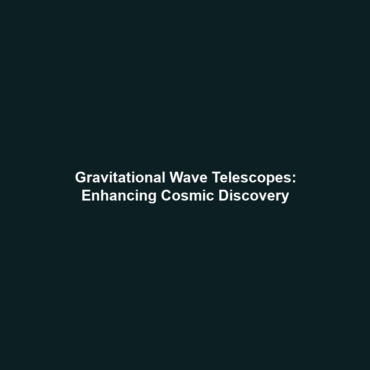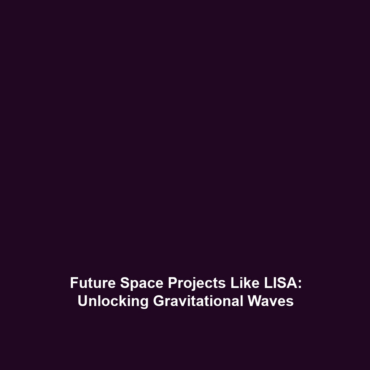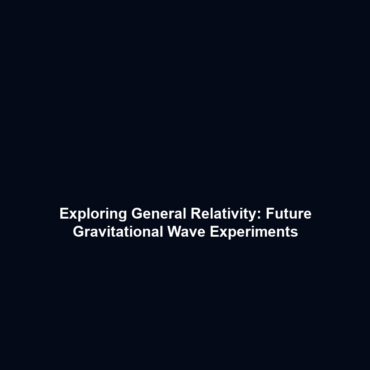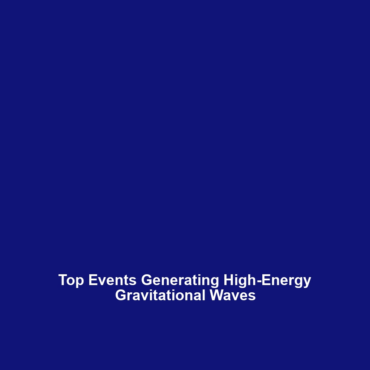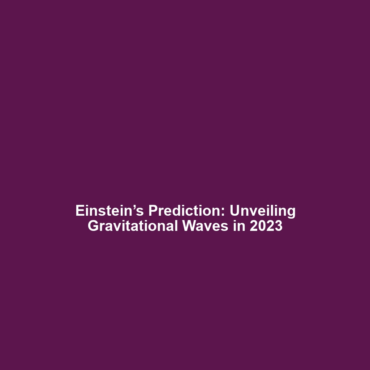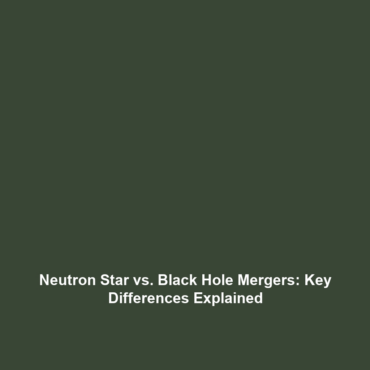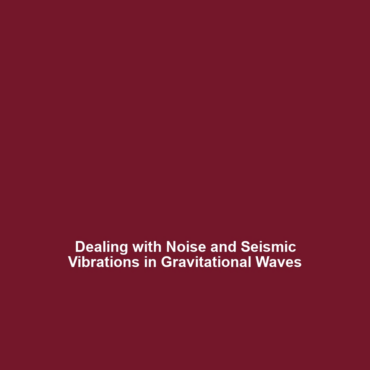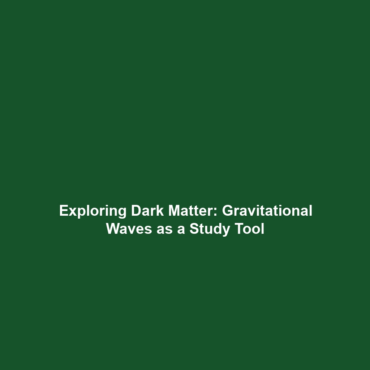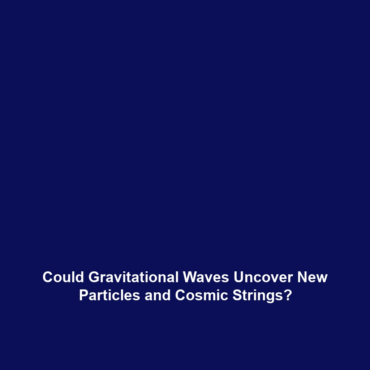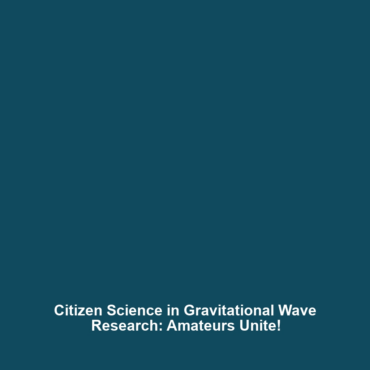Gravitational Wave Telescopes: How Gravitational Wave Observatories Complement Traditional Telescopes
Introduction
Gravitational wave telescopes represent a groundbreaking expansion in our understanding of the universe, offering a unique perspective that traditional telescopes cannot provide. These observatories detect ripples in spacetime caused by massive celestial events, such as merging black holes or neutron stars, which are invisible to conventional optical instruments. By integrating the study of gravitational waves with astronomical observations, scientists aim to create a comprehensive understanding of cosmic phenomena. This article explores how gravitational wave telescopes complement traditional telescopes, enhancing our knowledge of gravitational waves and their significance in modern astrophysics.
Key Concepts
Understanding Gravitational Waves
Gravitational waves are small perturbations in spacetime caused by accelerating massive objects, predicted by Albert Einstein’s theory of general relativity. These waves travel at the speed of light and carry information about their origins, providing insight into some of the universe’s most energetic events. Traditional telescopes primarily observe electromagnetic radiation, while gravitational wave telescopes detect these elusive waves, allowing for an unparalleled view of cosmic events.
Gravitational Wave Telescopes
Gravitational wave telescopes, such as the Laser Interferometer Gravitational-Wave Observatory (LIGO) and the Virgo detector, utilize highly sensitive equipment to measure the minute changes in distance caused by passing gravitational waves. This technological advancement complements conventional astronomical observations, helping to form a multi-faceted understanding of astronomical events.
Applications and Real-World Uses
The applications of gravitational wave telescopes extend beyond academic research. Significant real-world uses include:
- Astrophysical Observations: Gravitational wave telescopes allow scientists to observe and understand phenomena such as black hole mergers, neutron star collisions, and supernovae.
- Testing General Relativity: By studying gravitational waves, researchers can test key predictions of Einstein’s theory, contributing to our understanding of fundamental physics.
- Multi-Messenger Astronomy: Gravitational wave detections can be coordinated with traditional telescopes to observe electromagnetic signals, enriching our knowledge of transient cosmic events.
Current Challenges
Despite their immense potential, gravitational wave telescopes face several challenges:
- Technological limitations that hinder sensitivity and range of detection.
- Funding and resource allocation, as developing and maintaining observatories requires significant investment.
- Data management difficulties due to the vast amount of information gathered through observations.
Future Research and Innovations
Looking ahead, several innovations are set to enhance the capabilities of gravitational wave telescopes:
- Next-Generation Instruments: Telescopes like the Einstein Telescope and LIGO-3 aim to expand detection capabilities and sensitivity, promising to uncover new astrophysical phenomena.
- Integration with Space-Based Observatories: The proposed LISA (Laser Interferometer Space Antenna) will enable gravitational wave detection in space, providing new observational opportunities.
- Machine Learning Technologies: Implementing advanced algorithms will streamline data analysis, improving efficiency and accuracy in identifying gravitational wave events.
Conclusion
Gravitational wave telescopes are essential tools in modern astrophysics, complementing traditional methods and enhancing our comprehension of the universe. The synergy between gravitational wave observatories and conventional telescopes forms a powerful framework for studying cosmic events, revolutionizing our understanding of gravitational waves. As technology advances, further research and innovation will undoubtedly lead to greater discoveries. For more insights into gravitational waves and their implications, visit our related articles.
